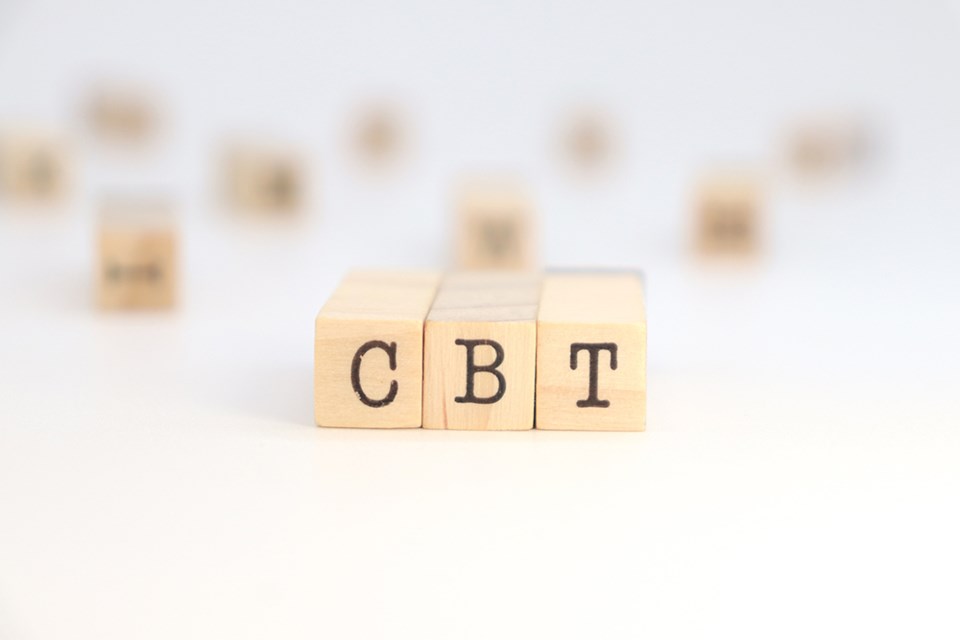Mental Health Week in Canada is May 5 to 11
Many of the individuals who come to see me tell me they have been referred by their family doctor for cogitative behavioural therapy (CBT). This is an approach that has considerable evidence behind it as being very effective for mental health issues such as anxiety and depression.
I have trained in cognitive behavioural therapy with David Burns, who is the medical doctor who transformed the therapy model into the current go-to for a number of common mental health issues. It is also applied in couples counselling, primarily due to the common sense focus that CBT brings to communication in relationships.
I always describe the theory of CBT the same way. Essentially it is about the relationship between thinking, feeling and acting.
I tell my clients that what they think will cause them to have a feeling and feelings will impact their actions and behaviours. In this way, thinking becomes the driver in the process. For that reason, CBT puts the focus on cognition. It is all about the thoughts.
CBT is the therapy of choice for anxiety and depression because with both of these conditions, the default is negative thinking. Humans do tend to forget about the positives and go directly to the negative when we are experiencing low mood and/or anxious thoughts. Negative thinking can be very absolute.
When depressed mood and anxiety are triggered, the thought process tends to be all black and white with a lot of “never, always” references that have a distinct victim position: “I never get a break; I always get the short end of the deal; I can’t do this, no one cares about me.”
Cognitive behavioural therapy has several strategies for challenging negative thoughts. Although there are many exercises and activities that support changing behaviour through CBT, I distill them into five main strategies beginning with thought stopping. This is the first step to stop the relentless flooding of negative worrisome thoughts that are triggering the cycle of anxiety and depression.
Although we like to talk a lot about multi-tasking, this is actually a myth. Our linear brain holds one thought at a time. What we refer to as multi-tasking is switching thoughts rapidly so it appears that we are doing more than one thing at a time.
Thought stopping involves holding an image like a stop sign in your mind to dispel the distressing thoughts. This requires practice but it works.
Other strategies are using evidence to challenge negative thinking, replacing thoughts with a positive memory or a project that changes the direction of thoughts. Distraction by reading a book and taking a walk works to stop the thoughts. Reframing is also a strategy that can turn a negative thought into a positive learning.
A mental health professional can provide more information about cognitive behavioural therapy. It could be very helpful if negativity is interfering with your quality of life.
Deborah Joyce is a registered psychotherapist with a practice in Powell River and Comox Valley. Questions can be forwarded to her through the Peak.
Join the Peak's email list for the top headlines right in your inbox Monday to Friday.



